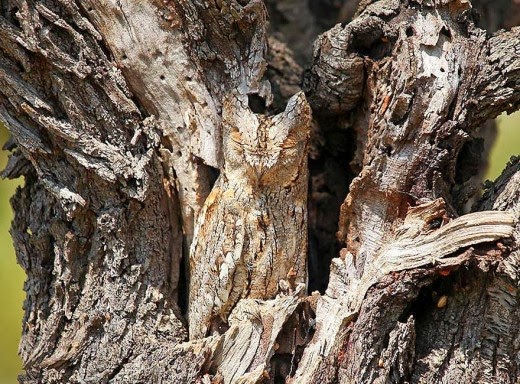- Explain adaptive radiation and how the different paper forms made by “finches” helped or hurt that particular finch species.
2. With the" prey" survival data you collect, graph survivorship over time by each species.
3. Explain how behavioral adaptations may lead to genetic changes in a population.
Depending on the ecosystem a individual lives, its instic may help to adapt not just to survive, also to mantain its species population. For example, if there is a family of birds that share the food from the same tree, if they all eat from the center of the tree, none fo them are going to survive, but the one that finds a way to adapt to another part of the tree, has more chances to survive. Animal species does not just need to be the strongest one, they also have to count on flexibility skills to survive by adapting to a new environment. The results of this type of adaptations over long periods of time may lead to evolution (which comes with genetics changes in a population aver million years).
4. A species that has a behavioral adaptation that may allow its predator not to be able to eat it or find it. Explain what this behavioral adaption is.
4. A species that has a behavioral adaptation that may allow its predator not to be able to eat it or find it. Explain what this behavioral adaption is.
Behavioral adaptation refers to what an animal does, how it acts or response to something from the outside, its environment. For example, Shinook salmon from the Pacific Northwest that can migrate to colder waters in the ocean, live there for a while, adapt to the salty water to later on go back to the place they were born (up in rivers).
 |
| Source:Bin Hen. Chinook Salmon. Lake Creek. Oregon Fish & Wildlife |
5. A species that has a physical characteristic that allows it to survive in cold weather.
Deciduos trees can drop their leaves and stop to produce more leaves in winter, so they do not waste energy. In fact, they save enough energy so they can survive in cold temperatures.
 |
| Reyes, Citlali. Deciduos trees at Leach Botanical Garden. |
6. An example of mutualism in nature. Explain what mutualism is this case.
Mutualism is when to different species make a deal: they both share, both benefit from each other to survive. An example is a process called symbiosis, that is when fungi absorbs water and share it with a tree that does not have enough root hairs to reach water, while the tree produces sugar to feed itselff and the fungi.
 |
| Symbiosis between a tree and a mushrom |
7. An example of commensalism in the nature. Explain how your picture represents commensalism.
A simple example of commensalism is a bird living on a tree, the bird has a place to live without harming or helping the tree. So, commensalism refers to a individual that obtains a benefit from another one, but without harming this other individual.
 |
| Reyes, Citlali. Bird observed during SEED students OR Trip |
8. An example of mimicry in nature. Explain what the mimicry is this case.
If you observe carefully in the image below, a owl looks really similar to the bark of that tree, this makes hard to see the owl, and hide him from another predator around there by using a type of camouflage. So, mimicry is the ability of the owl to look similar in appereance to the bark of that tree, which gives him an adventage to survive.
 |
| Mimicry performed by an owl, with a great camouflage of the tree bark. |
9. One species of insect from Mexico that has an adaptation to survive. Explain.
The Monarch Butterfly hibernate in Mexico during spring, then find a mate. Then they migrate north (U.S.) to lay their eggs. This is an adaptation to survice because they cannot survive in the North during the winter time, they look for warmer places such as Mexico.
 |
| Adult Monarch Butterflies |

Citlali,
ReplyDeleteGreat work!! You got 10/10.
Keep up the good work!
Regards,
Shadia